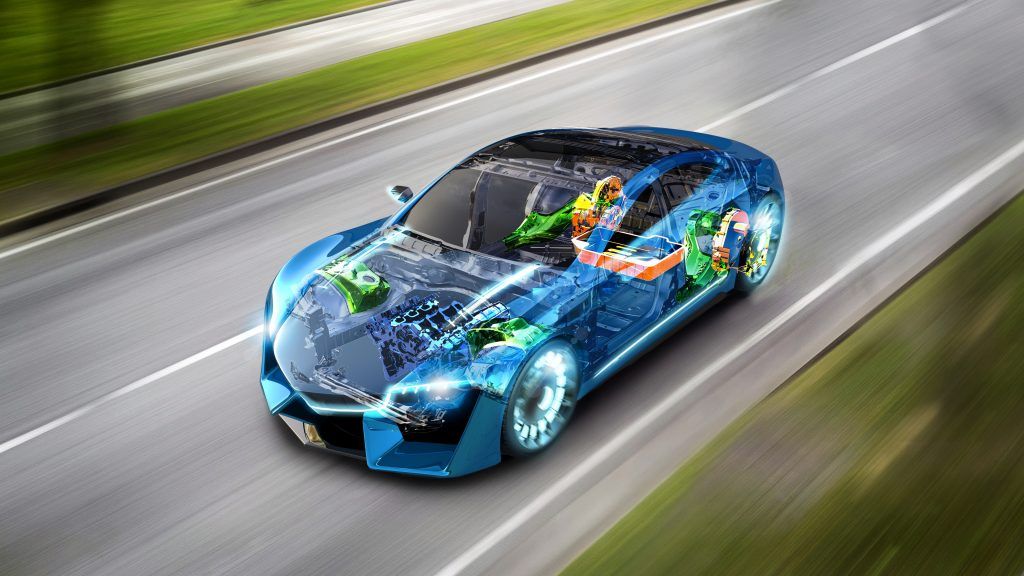Mexican company Nemak has ventured into the structure and chassis and electric vehicle components businesses.
During 2022, the company obtained revenues for the equivalent of approximately US$470 million in this business.
As of the beginning of last May, Nemak obtained production contracts for the same products for different original equipment manufacturers (OEMs) representing approximately US$1.6 billion in annual revenues.
In 2022, the company had total revenues of Ps93.926 billion, of which 47% came from the sale of engine heads; 30% from the sale of monoblocks; 13% from the sale of transmission and other components; and the remaining 10% from structure and chassis and electric vehicle components.
The category of components for electric vehicles, battery housings and electric motors includes key parts such as battery housings and electric motor housings.
These integrate various aluminum components, both inside and outside the housing.
These parts are used in hybrid vehicles (HEV), plug-in vehicles (PHEV) and pure electric vehicles (BEV).
Nemak
In the case of PHEVs, an electric motor is used in conjunction with an internal combustion engine as an alternate source to extend the vehicle’s range.
Nemak has a portfolio of more than 60 customers, including some of the world’s leading automotive groups and their subsidiaries, such as BMW, Ford, GM, Hyundai-KIA, Jaguar Land Rover, Mercedes Benz, Renault-Nissan, Stellantis and Volkswagen Group.
It is estimated that, during 2022, Nemak supplied more than 200 different components for engines, transmissions, structure and chassis components and electric vehicles, which are used in approximately 520 vehicle platforms that are in production or in the development stage out of approximately 1,360 vehicle platforms worldwide.
Nemak is a single-source supplier for most of the components it produces and has been designated as a supplier for the entire engine design life cycle, which historically spans six to eight years.
This life cycle compares to four years for interior components and two years for exterior vehicle components.

